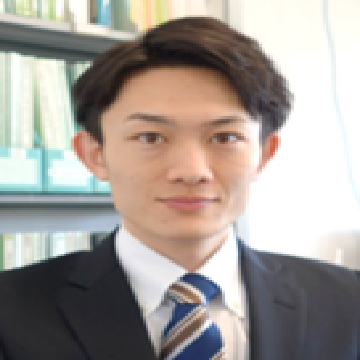Scientific Program

Shuhei Kodama
Tokyo University of Agriculture and Technology
Title: Fabrication of micro/nano structures by hybrid process with short-pulsed laser and machining
Biography:
Shuhei Kodama has completed his PhD at the age of 27 years from Tohoku University. He is an Assistant Professor of Tokyo University of Agriculture and Technology. His research activities focus on short-pulsed laser-induced periodic surface structures (SPLIPSS) to clarify principles and phenomena, to control LIPSS and to provide a material surface with various functionalities such as reduction of friction, water repellency, anti-reflection and bioaffinity. He gave 9 presentations and 3 lectures about SPLIPSS at international and domestic conferences, and published 6 papers in reputed journals. He is passionate about precision processing.
Abstract
Laser-induced periodic surface structures (LIPSS) have been studied to alter surface functions such as tribology, wettability, optical properties and bioaffinity. However, this method has difficulty in control of LIPSS since the principles and the phenomena have not been clarified completely. It has been reported that LIPSS follow debris on a material surface due to the incidence and propagation of plasma waves improved by debris, hence, the short-pulsed laser (SPL) assisted by mechanical processing was proposed to control LIPSS, and the effects of the surface geometry before laser irradiation on LIPSS were investigated. The use of magnetic abrasive finishing and precision cutting is proposed to create micro/nano-grooves prior to the short-pulsed-laser irradiation. The subsequent laser irradiation fabricated straight LIPSS with high aspect ratio on the processed surfaces. The surface geometry prior to the short-pulsed laser irradiation is the dominant factor in determining the geometry of the LIPSS. On the other hand, an SPL capable of fabricating nanostructures is unstable for the creation of large scale shapes. The appropriate processing method depends on the scale of the demanded shape and structure, and it takes long processing time with the complicated process to create the shape and fabricate nanostructures on the surface. The hybrid manufacturing process with an SPL and electrochemical machining (ECM) was also proposed to fabricate multiscale structures effectively, that an SPL increasing electric filed intensity enables ECM to improve the processing speed and fabrication of nanostructures on the electrochemical machined surface. The effects of the hybrid process with an SPL and ECM on the fabrication of multiscale structures were investigated experimentally, and the proposed method improved processing speed and fabricated multi-scale structures.
- Laser & Optics
- Advanced Laser Processing
- Advanced Optical and Magnetic Material
- Advanced Materials & Functional Devices
- Micro patterning and Nano processing
- Gas, solid and diode laser
- Beam delivery system
- Micro and remote welding
- Laser detectors
- Laser device in Medical
- Industrial application of Laser
- Laser Safety and environmental aspects
- Advancement in Nanomaterials Science & Nanotechnology

